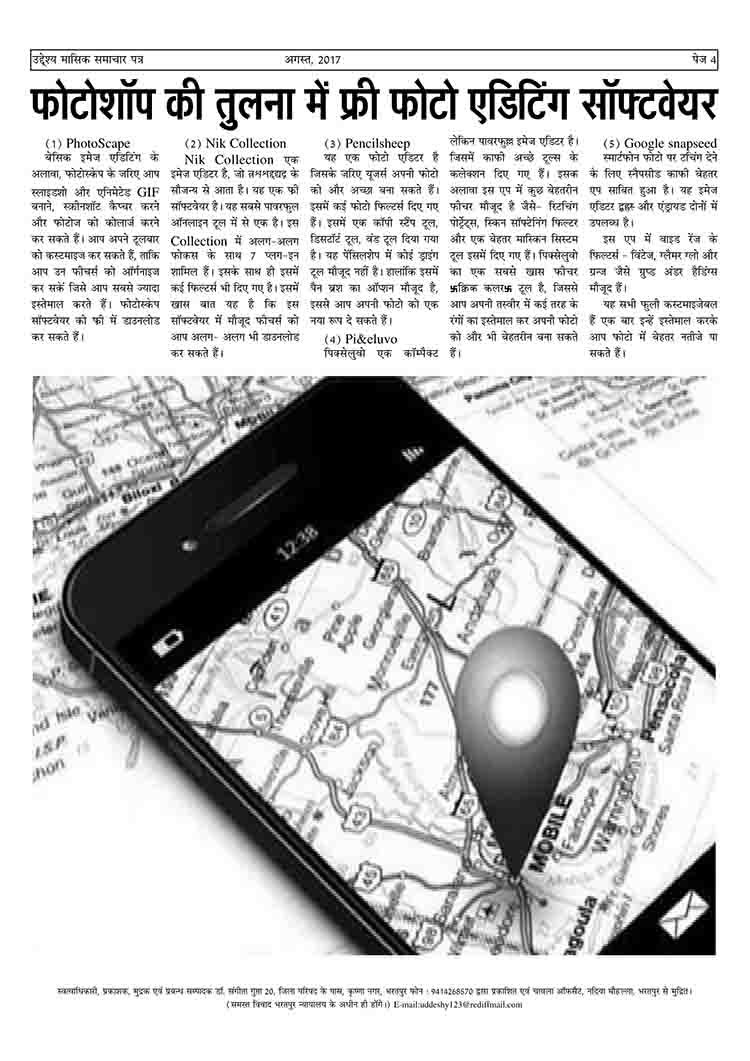CRYSTAL and LATTICES
CRYSTAL ​ ​ | Crystal is built-up from regularly repeating structural motifs, which may be atoms, molecules, or group of atoms, molecules, or ions. A space lattice is the pattern formed by points representing the location of these motifs. A space lattice is a three-dimensional, infinite array of points, each of which is surrounded in an identical way by its neighbours, and which defines the basic structure of the crystal. 1. Each lattice point specifies the location of a structural motif (for example, a molecule or a group of molecules). The crystal lattice is the array of lattice points; the crystal structure is the collection of structural motifs arranged according to the lattice. 2. Crystals are bonded by plane surfaces. These surfaces are called faces. Intersection of two faces is called edge. Angle between normal of two intersecting faces is called interfacial angle. |
UNIT CELL ​ ​ | Collection of lattice points, whose repetition produces the whole lattice is called a unit cell. The whole lattice can be considered to be made by repetition of unit cells. A unit cell is commonly formed by joining neighbouring lattice points by straight lines . Such unit cells are called primitive. It is sometimes more convenient to draw larger non-primitive unit cells that also have lattice points at their centres or on pairs of opposite faces. An infinite number of different unit cells can describe the same lattice, but the one with sides that have the shortest lengths and that are most nearly perpendicular to one another is normally chosen. The lengths of the sides of a unit cell are denoted a, b, and c, and the angles between them are denoted a, ?, and g .Unit cells are classified into seven crystal systems. |
Â
Read More >>
S & T Newspaper-UDDESHY
S&T Newspaper-UDDESHY- SEP 2017 ISSUE
Safe Disposal of Expired Antibiotics
Science Magazine finds from internet media that Safe disposal of expired antibiotics is crucial as the Growing anti microbial resistance is also linked to the discharge of drugs and some chemicals into the environment. This is one of the most worrying health threats today.
SOLID STATE SCIENCE
|
Crystalline solids |
Constituent particle |
Bonding type |
Examples |
|
Ionic |
Positive and negative ions |
Columbic forces |
NaCl and KCl |
|
Covalent |
Atoms connected by covalent bonds |
Sharing of electrons |
SiO2, Diamond |
|
Molecular |
Polar and non-polar molecules |
Intermolecular forces including H-bonding |
P4, CO2, CH4, CCl4, H2O |
|
Metallic |
Cations and electrons |
Metallic |
Na, Au, Cu |
|
Atomic |
Atoms |
Weak dispersion forces |
Inert gases |
Read More >>













